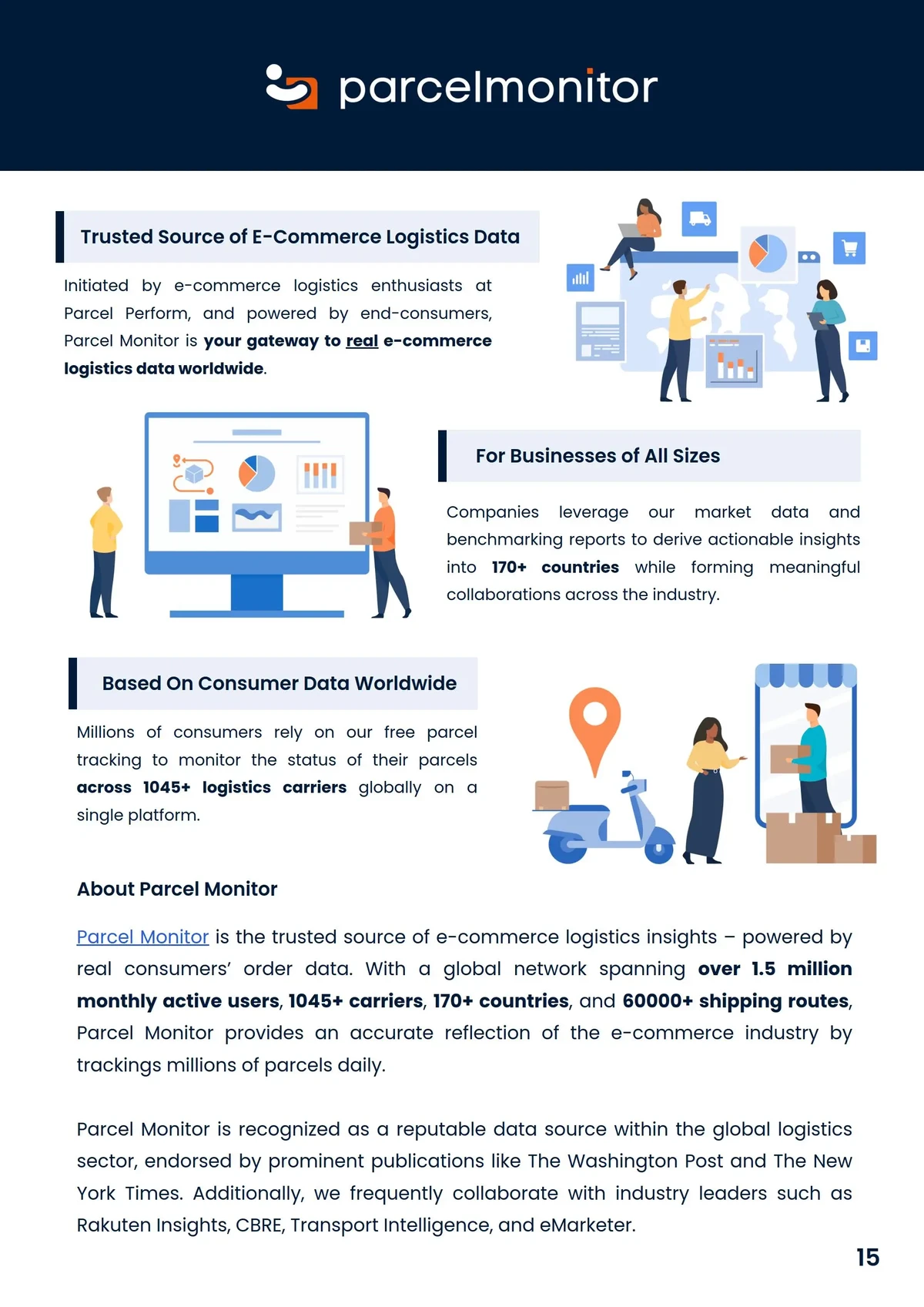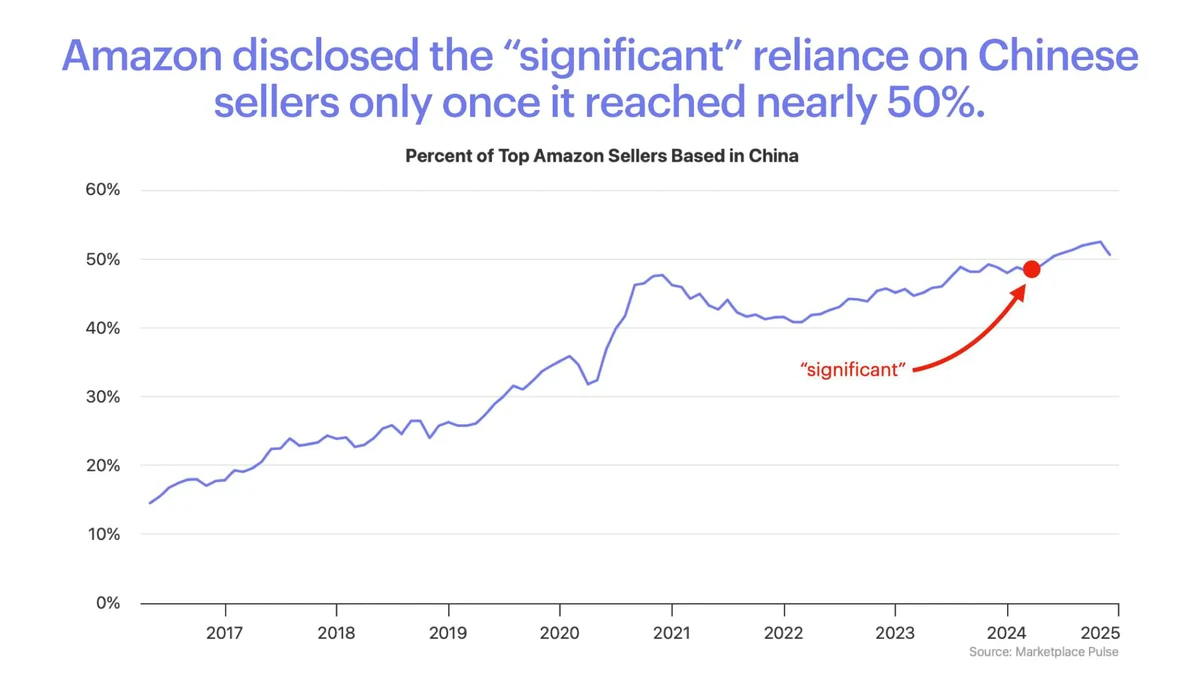==============================================
Market microstructure is one of the most critical yet often overlooked aspects of trading. It refers to the study of how trading actually happens at the micro-level: the rules, mechanics, and behaviors that determine how buy and sell orders interact in financial markets. If you’ve ever wondered why some trades execute instantly while others face slippage, or why spreads widen during high volatility, the answer lies in market microstructure.
This article provides a comprehensive deep dive into how market microstructure impacts trading, blending academic insights, professional experience, and industry trends. We’ll compare different trading strategies influenced by microstructure, highlight the risks and opportunities, and give practical guidance on how both beginners and professionals can leverage this knowledge.
Understanding Market Microstructure
What Is Market Microstructure?
Market microstructure refers to the detailed rules and processes governing how trades are executed in different financial markets. This includes:
- Order types (market orders, limit orders, stop orders)
- Bid-ask spreads and how they change over time
- Liquidity providers and takers
- Price discovery mechanisms
- Transaction costs such as slippage and commissions
Unlike broad economic factors like GDP or interest rates, microstructure focuses on how trading actually happens in real time.
Why Market Microstructure Matters for Traders
Market microstructure is not just theory—it directly affects your portfolio’s performance.
- Execution quality – Whether your trade fills quickly or slips depends on order book depth and liquidity.
- Trading costs – Wide spreads increase costs, especially for high-frequency traders.
- Market fairness – Microstructure affects transparency and can favor certain participants (e.g., HFT firms).
- Risk management – Understanding microstructure helps avoid hidden risks like sudden spread widening.
For anyone asking “Why market microstructure is important?”, the simple answer is: it determines your real trading costs and success more than market direction alone.
Core Components of Market Microstructure
1. The Order Book
The order book is the central element of market microstructure. It shows all current buy and sell orders at different price levels.
- Top of the book: Best bid and best ask prices.
- Depth of the book: How many orders exist beyond the top level.
A deep order book means high liquidity, while a shallow book increases slippage risk.
An example of a live order book showing bid and ask prices.
2. Bid-Ask Spread
The spread is the difference between the highest bid (buyer price) and lowest ask (seller price). A narrower spread usually signals a liquid market, while wider spreads suggest uncertainty or low participation.
3. Market Participants
Microstructure is shaped by diverse players:
- Retail traders – Often price takers.
- Institutional investors – Use algorithmic execution to avoid market impact.
- Market makers – Provide liquidity by quoting both bids and asks.
- High-frequency traders (HFTs) – Exploit microsecond opportunities.
4. Price Discovery
Microstructure governs how new information is reflected in prices. News doesn’t instantly become “the price”—instead, it’s absorbed gradually through order flow.

How Does Market Microstructure Impact Trading Strategies?
Method 1: High-Frequency Trading (HFT)
HFT relies heavily on market microstructure. Firms deploy algorithms to profit from tiny price discrepancies, often within milliseconds.
Advantages:
- Profits from speed and precision.
- Captures micro-arbitrage opportunities.
- Enhances liquidity in normal conditions.
Disadvantages:
- Requires advanced infrastructure and co-location.
- Vulnerable during sudden volatility spikes.
- Controversial for perceived unfair advantage.
Method 2: Algorithmic Execution for Institutions
Institutional investors rarely place large trades at once. Instead, they use execution algorithms (like VWAP or TWAP) to slice orders into smaller pieces.
Advantages:
- Reduces market impact.
- Optimizes execution cost.
- Works well in liquid markets.
Disadvantages:
- Algorithms may fail in thin liquidity.
- Vulnerable to being “sniffed out” by predatory traders.
- Requires continuous monitoring.
Comparing HFT vs. Algorithmic Execution
| Aspect | High-Frequency Trading | Institutional Execution Algorithms |
|---|---|---|
| Speed | Microseconds | Minutes to hours |
| Goal | Exploit price discrepancies | Reduce impact & cost |
| Risk | High volatility exposure | Information leakage |
| Best For | Specialized firms | Asset managers, hedge funds |
Both approaches highlight how market microstructure impacts trading: HFT thrives on its nuances, while institutional execution tries to minimize its frictions.
Market Microstructure and Retail Trading
For retail traders, the biggest impact of microstructure is on order execution and costs.
- Using limit orders often reduces spread costs.
- Avoiding illiquid hours can prevent slippage.
- Monitoring order book depth helps anticipate price movements.
For those exploring “Market microstructure for retail traders”, the key is not to mimic institutions, but to use microstructure knowledge to avoid hidden costs.
Industry Trends in Market Microstructure
- Rise of dark pools – Off-exchange venues where large trades are hidden.
- Increased role of AI – Machine learning models now predict order book dynamics.
- Regulatory pressure – Post-2008, regulators scrutinize HFT and execution fairness.
- Crypto adoption – Microstructure in crypto markets mirrors traditional equities but with higher volatility.
Visualization of how liquidity and volatility interact in modern markets.

How to Use Market Microstructure in Trading
Understanding market microstructure allows traders to:
- Optimize entry/exit points.
- Choose the right order types.
- Adjust strategies based on liquidity conditions.
- Anticipate spread widening during volatility.
This is why many professionals research “How to analyze market microstructure?”—because it directly improves execution quality.
Practical Recommendations
- Retail traders: Use limit orders, monitor spreads, avoid trading during illiquid times.
- Institutional traders: Deploy smart algorithms, manage information leakage, monitor execution benchmarks.
- Quantitative analysts: Build models predicting short-term order book changes.
By combining these insights, traders at all levels can make more efficient, lower-cost, and higher-confidence decisions.
FAQ
1. How does market microstructure affect pricing?
Market microstructure impacts pricing by shaping the bid-ask spread, order flow, and liquidity. Prices do not instantly adjust to new information—rather, they evolve as trades occur. For example, if liquidity dries up, even small trades can move prices significantly.
2. Is market microstructure only relevant for professionals?
Not at all. While hedge funds and HFT firms rely heavily on microstructure, retail traders also benefit. By understanding spreads, liquidity, and execution types, retail traders can reduce hidden costs and improve trade timing.
3. What is the best way to learn market microstructure?
The best way is to combine academic resources (like market microstructure research papers) with hands-on practice using trading platforms that show order book depth. Simulation tools and case studies are also effective for learning without risking capital.
Conclusion
Market microstructure is the hidden engine that powers every trade. Whether you are a retail investor placing a single order or an institution executing a billion-dollar portfolio, understanding microstructure determines your trading efficiency.
If you’ve ever asked, “How does market microstructure impact trading?”, the answer is simple: it affects execution speed, costs, risks, and ultimately your profits.
By applying this knowledge—through smarter order placement, algorithmic execution, or predictive modeling—you gain an edge that most traders overlook.
📢 Join the conversation! Share this article with fellow traders, leave your insights in the comments, and let’s discuss how market microstructure has shaped your own trading experience.
Would you like me to also prepare a graphical infographic version of this article (with order book flow, spread examples, and strategy comparison) so it’s easier to share on social media?

0 Comments
Leave a Comment